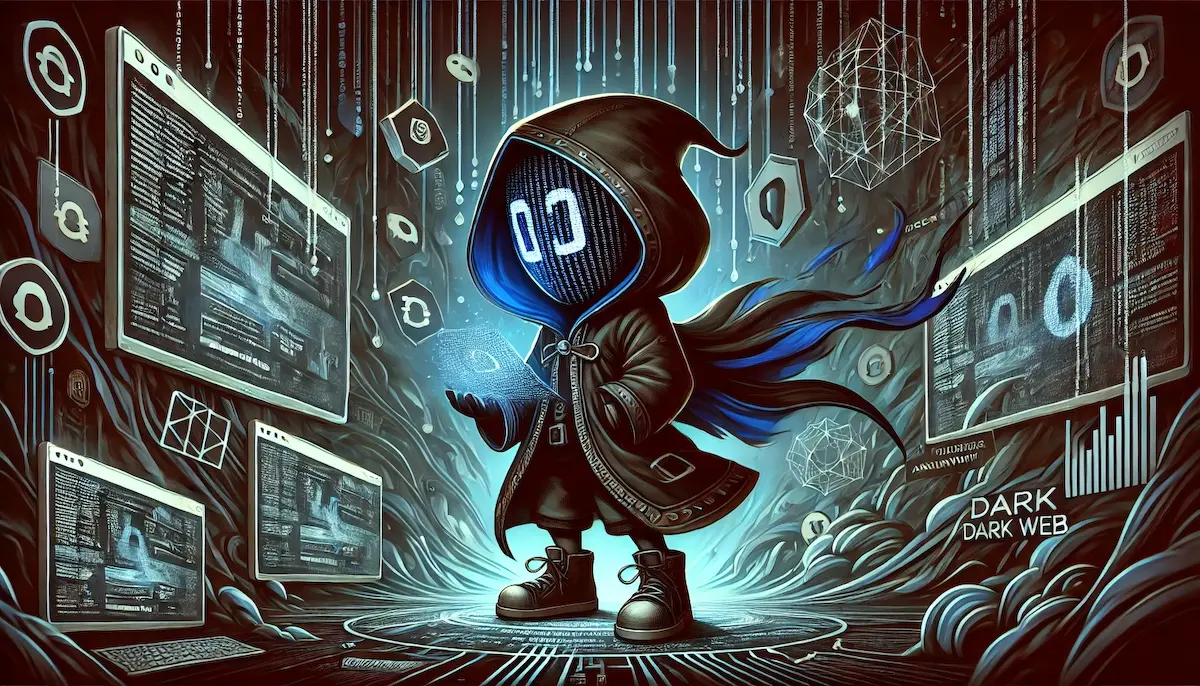The Dark Web is a part of the internet that is not indexed by traditional search engines and requires special software to access. It is often associated with anonymity and illicit activities, but it also hosts a variety of legal uses. Understanding the Dark Web involves exploring its structure, uses, and the technology that makes it possible.
What Is the Dark Web?
The Dark Web is a subset of the Deep Web, which includes all parts of the internet not indexed by search engines. The Dark Web specifically refers to sites accessible only through special anonymity-preserving tools like Tor (The Onion Router) or I2P (Invisible Internet Project). These tools hide users’ identities and locations, making it difficult to track or identify them.
Key Technologies
Tor
Tor is the most popular method for accessing the Dark Web. It routes users’ internet traffic through a series of volunteer-operated servers, encrypting data at each step. This multi-layered encryption, similar to layers of an onion, ensures that neither the source nor the destination of the traffic can be easily identified.
I2P
I2P, or the Invisible Internet Project, is another network that facilitates anonymous communication. It functions similarly to Tor but focuses on secure internal connections, often within the network itself. I2P is used for hosting hidden services and secure messaging.
Uses of the Dark Web
Illicit Activities
The Dark Web is infamous for its association with illegal activities. Markets for drugs, weapons, counterfeit money, stolen data, and illegal pornography are prevalent. These markets use cryptocurrencies like Bitcoin to facilitate transactions anonymously.
Privacy and Anonymity
For individuals living under repressive regimes or those concerned about privacy, the Dark Web offers a means to communicate and share information anonymously. Journalists, activists, and whistleblowers use the Dark Web to evade surveillance and censorship.
Research and Development
Security researchers and developers use the Dark Web to test new technologies and study cybersecurity threats. Understanding the tools and methods used by cybercriminals can help in developing more robust security measures.
Accessing the Dark Web
Tor Browser
To access the Dark Web, users typically download and install the Tor Browser. This browser is pre-configured to connect to the Tor network, allowing users to visit .onion sites, which are specific to the Tor network.
Dark Web Marketplaces
Dark Web marketplaces function similarly to regular e-commerce sites but require additional steps for security. Users often need to register with pseudonyms, use encryption for communication, and pay with cryptocurrencies to maintain anonymity.
Risks and Challenges
Legal Risks
Accessing the Dark Web itself is not illegal, but engaging in illegal activities is. Law enforcement agencies monitor the Dark Web, and individuals participating in illegal transactions or activities can face severe legal consequences.
Security Risks
The Dark Web is rife with malicious activities, including scams, phishing attacks, and malware. Users must exercise extreme caution and use robust security measures to protect themselves from these threats.
Ethical Concerns
While the Dark Web offers a platform for free speech and privacy, it also hosts harmful and illegal content. The ethical implications of such content and activities pose significant challenges for society.
Future of the Dark Web
Increased Regulation
Governments and international organizations are increasing efforts to monitor and regulate the Dark Web. This includes tracking illegal activities and developing new technologies to counteract the anonymity provided by networks like Tor.
Technological Advancements
As technology evolves, so too will the tools and methods used on the Dark Web. Innovations in encryption, blockchain, and peer-to-peer networking will likely impact the future landscape of the Dark Web, both for legal and illegal uses.
Balance of Privacy and Security
The ongoing debate between privacy advocates and security agencies will shape the future of the Dark Web. Finding a balance between protecting individual privacy and preventing criminal activities is a complex and evolving challenge.
Conclusion
The Dark Web is a multifaceted and often misunderstood part of the internet. While it is associated with illegal activities, it also serves as a crucial tool for privacy, free speech, and research. Navigating the Dark Web requires a thorough understanding of its technologies, uses, and risks. As we move forward, the challenge will be to harness its potential benefits while mitigating its dangers.
Blockfine thanks you for reading and hopes you found this article helpful.
